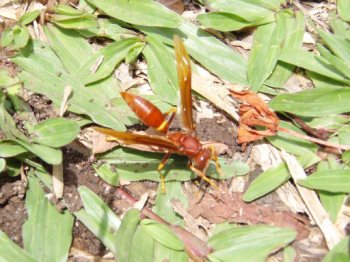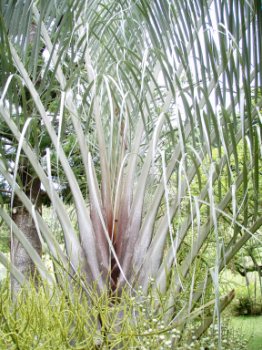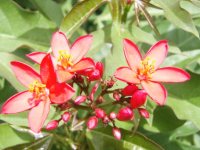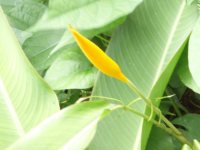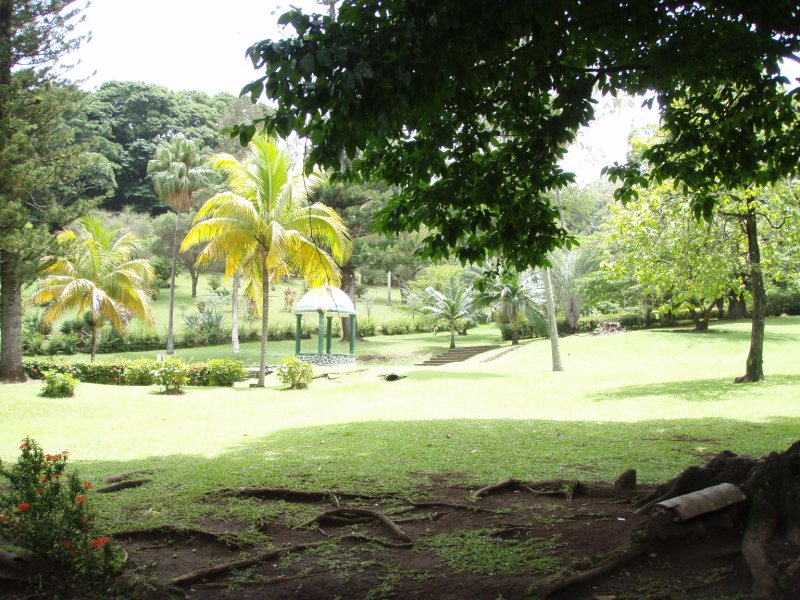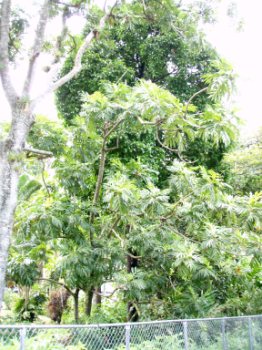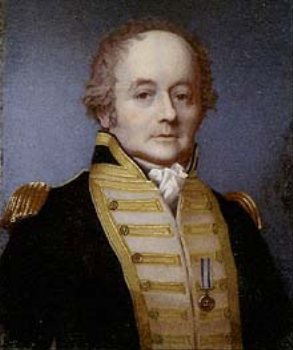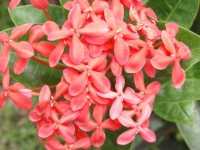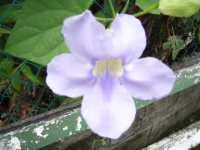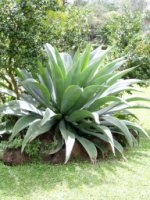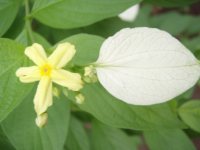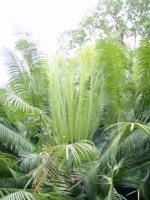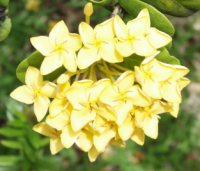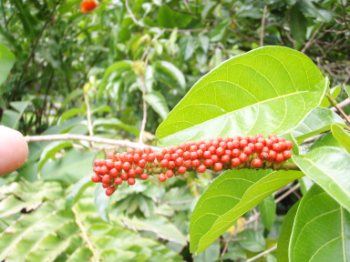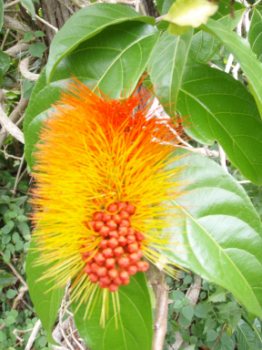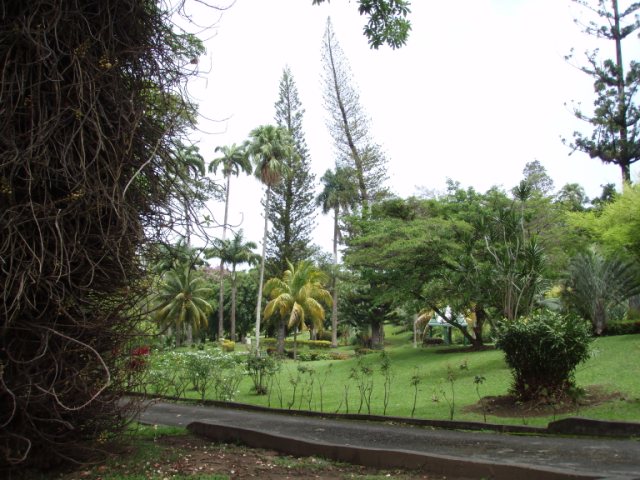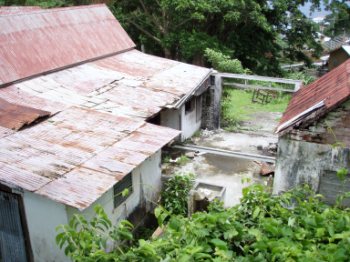Botanicals

|
St Vincent and the Grenadines Botanic Gardens
It was obvious as soon as we walked through the gate the plants were special. Our first visitor, large and not to our taste so on we went.
We arrived in the city and took a taxi to the gardens, although they were only a mile away, we did not want to get lost in the heat of the day, we didn't know exactly where they were and usually taxi drivers give you some local griff as you pass interesting sites. Cost £3.25. At the gates you are welcomed by several unofficial guides who want to tell you all about the plants. We declined as we wanted nothing more than a slow bimble.
The St Vincent Botanic Gardens were established in 1765 by General Robert Melville, then Governor of the Windward Islands are one of the oldest in the Western Hemisphere (preceded only by Bartram's Garden in Philadelphia) and perhaps the oldest in the tropical world. Conservation of rare species of plants has been practiced here since 1765. At that time they were administered by the British War Office. Their foundation were as gardens for "the cultivation and improvement of many plants now growing wild and the import of others from similar climates" which "would be of great utility to the public and vastly improve the resources of the island". 20 acres were set aside which Melville had cleared.
The first curator was Dr George Young, a keen horticulturist and surgeon to the British forces in the region. He curated the gardens during the first years after its establishment. The French held St Vincent during the years of 1779 to 1783 but Dr Young remained as curator during this time. He also worked closely with General de Bouill‚ Commander in Chief of the French forces in Martinique who was also a keen botanist. They exchanged plants between them for the St Vincent and Martinique botanic gardens respectively.  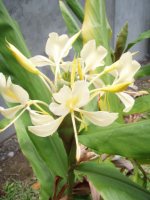   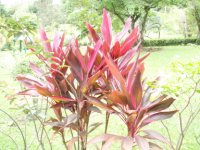
The breadfruit tree descended from William Bligh's introduction. Bear by the very tree - one of his patients was the great-great grand daughter of the man himself.
This introduction was quite a feat of horticultural skill as the young plants had to maintained on board ship for a long voyage. Seeds of breadfruit die quickly when stored. According to Dr Freitas all of the breadfruit trees in St Vincent are derived from suckers of these original introductions. Although it is said that six varieties of breadfruit were introduced into St Vincent there are only two (or two main) varieties used today. Several trees arising from Captain Bligh's original introductions are prominently labeled as such in the Botanic Gardens. Captain Bligh returned to England on the Providence with 465 pots and two tubs of plants from the Botanic Gardens which were sent to the Royal Botanic Gardens, Kew.
In 1849 the Gardens appear to have been regarded as abandoned and it was only in 1884 when it came under the control of the British Government again that it was revitalized. Mr. H. Powell was installed as curator and he began the work of restoring the Gardens to their former glory. He faced a major setback in 1898 when many species were lost during a hurricane. However, much of the damage was quickly made good and plants that had been lost replaced from the collections of other botanic gardens.
On first look, these roots could be small, put Bear in the picture and the size of this tree from Vietnam. In 1904 a botanic station was added to the Gardens for the purpose of "raising and distributing economic plants and assisting local industries" a task which the Gardens continue to perform to the present day. 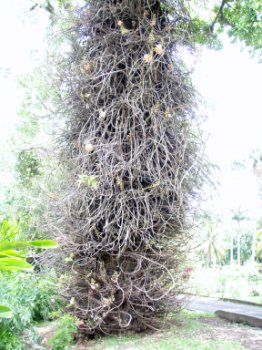 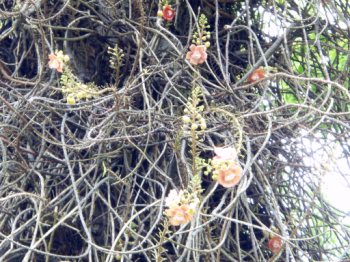 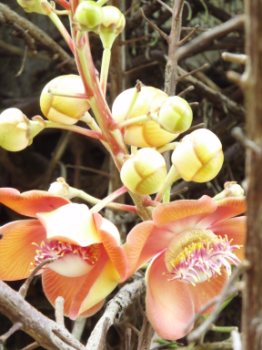 This is the
amazing Couroupita Guianesis - also known as - The
Canon Ball Tree. The shaggy stuff is not a climber it's branchlets off the main
trunk.
 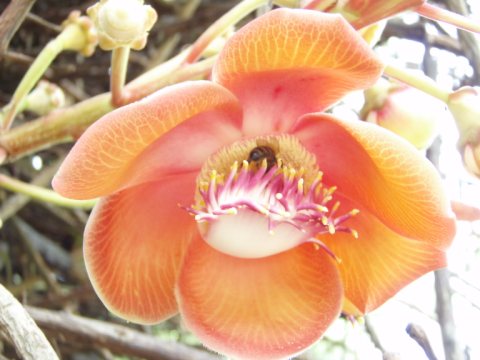 The flowers of the Canon Ball Tree have a sweet perfume,
irresistible to a friendly bee.
The St. Vincent Parrot: The Nicholas Wildlife Aviary Complex, located within the Gardens, maintains a captive breeding program to conserve the vulnerable St Vincent Parrot, “Amazona guildingii”, the National Bird. These endemic parrots can be found in the wild and also in the Aviary. We spent some time whistling at each other and one could say “hello” and “hi”.
The pretty snack shop is sadly a wreck.
ALL IN ALL STUNNING TREES AND PARROTS IN A TRANQUIL SETTING. WITH A SMALL INJECTION OF MONEY AND MAINTENANCE THESE GARDENS COULD BE THE BEST ON THE PLANET. |

